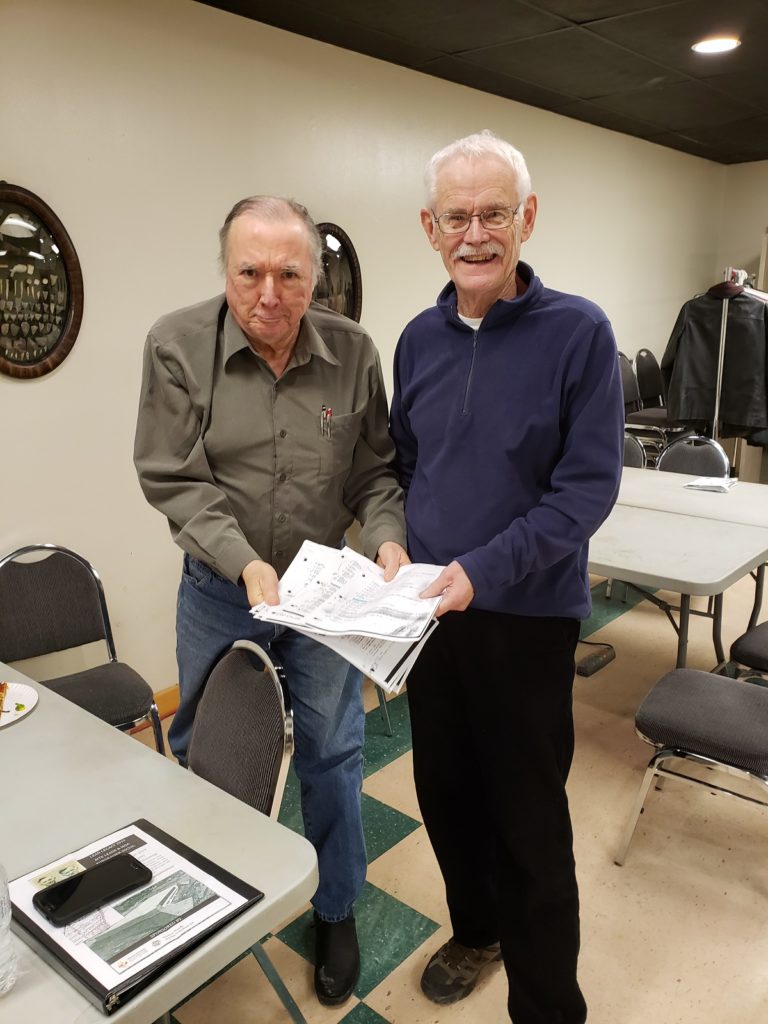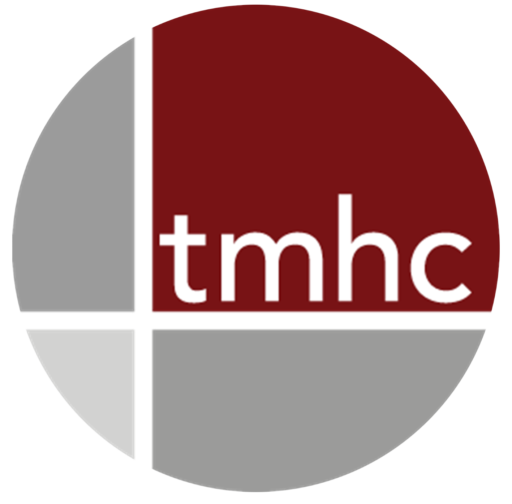Lead Legacy - Addressing Unregistered Sites in the 21st Century
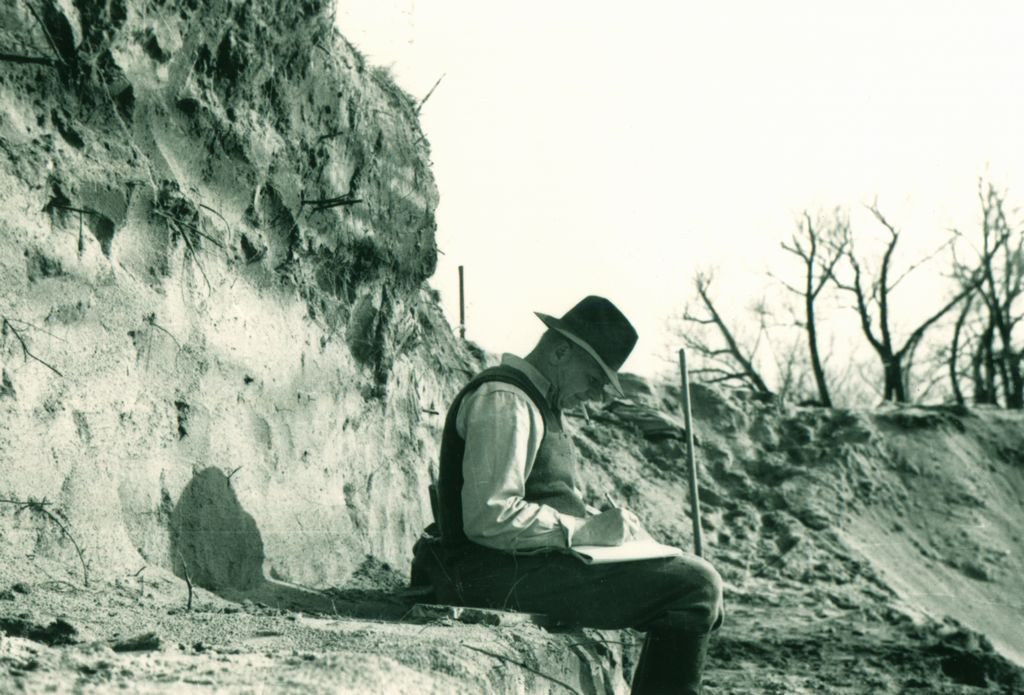
On February 25, 2019, 11 academic, government, avocational and commercial archaeologists worked for six hours to try and push as many site lead updates into Ontario's Past Portal as they could during that period. By 7:00 pm that evening, 70 site leads had been entered into the database and an additional 137 sites leads had been processed, many of which were geo-referenced and ready to be uploaded. In all, 207 potential sites were reviewed and processed. These leads originated in Wilfrid Jury's 1932 Catalogue notes and from Early Black Settlement descriptions from Joyce Pettigrew's A Safe Haven: The Story of the Black Settlers of Oxford County.
Although the weather wasn't wholly in our favour, those that came out put in a huge effort. Though we didn't hit our overall goal of 100 site leads in the registry, we outperformed how much we thought we would accomplish with the number of attendees. We also successfully demonstrated one, albeit long-term and high effort, answer to the issues raised by our earlier blog on site leads.
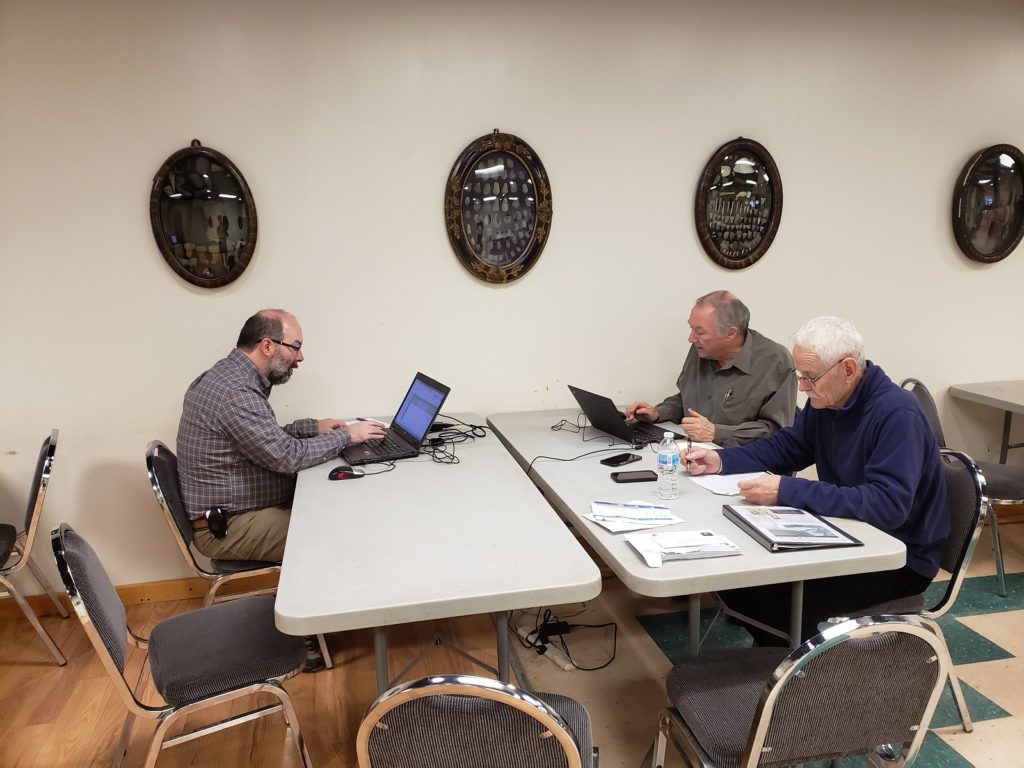
To recap, Ontario has thousands of unregistered archaeological sites that either predate the current site inventory or were discovered since but never entered into the inventory. Many sites continue to be found by non-archaeologists who do not have access to the site inventory. Additionally, Ontario has many prospective sites that may appear on early settlement maps that have never been visited. The Ministry of Tourism, Culture and Sport’s PastPort System supports a “site lead” process. Site leads are locations of suspected but not confirmed archaeological sites. By entering unregistered sites into PastPort via the site lead process we can mitigate consequences to land management and heritage integrity.
There are currently no incentives or processes to encourage site lead entries in Ontario and prior to the Lead Legacy event less than 50 site leads have been recorded out of likely thousands. Lead Legacy was designed to encourage the entry of site leads through a social event for archaeologists and also as a possible fundraiser for a worthwhile archaeological cause. Although we did raise a bit of money for MOA and wholeheartedly thank those donors, the fundraising aspect of the event either needs to be reworked or dropped entirely. The social event element was, however, a welcome and worthwhile experience. The networking between archaeologists from different fields combined with the good-natured and oft-times hilarious atmosphere (for Chris Ellis and Darryl Dann cookies fueled a combination of humor and ridiculous productivity). The efforts of TMHC's Josh Dent and an 'unconquerable by illness' John Moody, in organizing and running the event not only resulted in a fairly hiccup-free experience, but saw John build an application capable of converting township, concession and lot information into lat/long coordinates (center point), county and Borden block information, and vice versa. 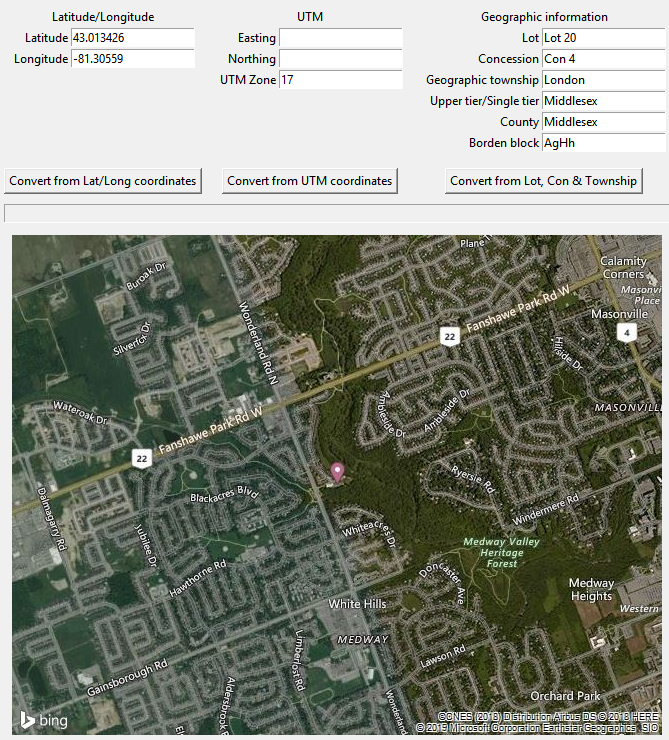
Looking forward we hope that the lessons from and some of the tools used during this inaugural event can be used to encourage future events as what we accomplished last week is only a drop in the bucket of what's ultimately required.
A big thank you to all those who participated:
Chris Ellis
Darryl Dann
Shari Prowse
Krista Gowan
Sarah Clarke
Penny Young
Steve Naftel
Matt Beaudoin
Holly Martelle
John Moody
& Josh Dent
